#Christ is risen
Explore tagged Tumblr posts
Text


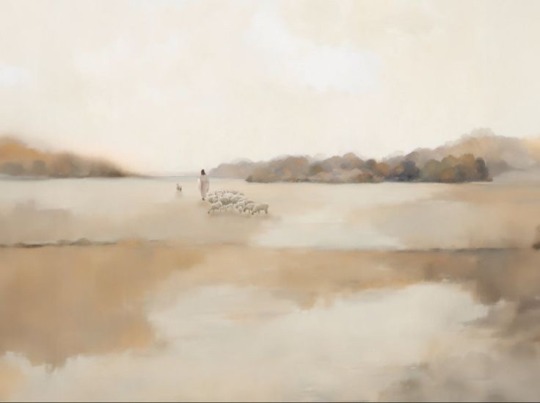



A little while, and you will see me no longer. Again in a little while, and you will see me.
John 16:16
#easter#easter sunday#holy week#lent 2024#Christ is risen#resurrection#jesus#quotes#bible quote#bible verse#catholic#Christian#orthodox#religious imagery#religious art#light moodboard#moodboard#oil painting#acrylic#poetry#books#philosophy#hopecore#aesthetic
3K notes
·
View notes
Text
#christian girl#christianity#jesus christ#faith in god#faith in jesus#christian faith#godisgood#god is love#trust in the lord#trusting god#holy spirit#jesus loves you#jesus is coming#jesussaves#i talk to jesus#i love god#bibletruth#christian blog#christian living#christian bible#jesusislord#jesus#christ is king#christ is risen#believeingod#believeinjesus#have faith#god is faithful#godlovesyou#god loves us
120 notes
·
View notes
Text

~Christ is Risen! Truly He is Risen~
The Appearance of Jesus Christ to Mary Magdalene after the Resurrection (detail), by Alexander Ivanov, 1835
#Easter#Resurrection#Christ is Risen#Pascha#saints#Mary Magdalene#I have seen the Lord#Jesus#Christian art
191 notes
·
View notes
Text

Happy Easter.
120 notes
·
View notes
Text
Alleluia! Christ is Risen!
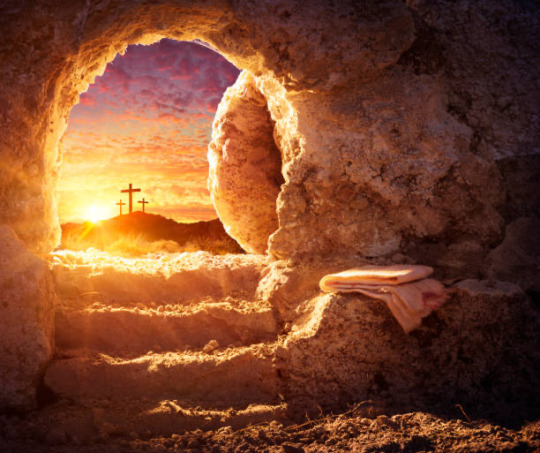
66 notes
·
View notes
Text
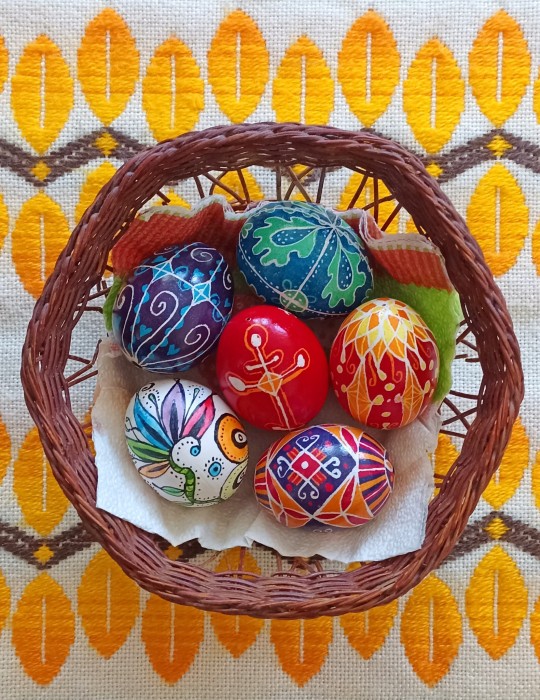
Христос Воскресе! I'm not having the best time this Easter but I won't be deterred from posting Egg 🩷❤️☦️🌿 Enjoy <3
05.05.24
#easter#orthodox easter#easter eggs#easter 2024#christ is risen#pysanky#bulgarian#(the previous tag always has ppl assuming im from ukraine)#писанки#великден#писани яйца
38 notes
·
View notes
Text
If Easter were only about bunnies, eggs, and chicks and candy... it would be the lamest holiday ever.
If Easter were just a celebration of the hope that Spring brings, it would be kinda forgettable.
But it's not! Easter is about Jesus defeating death! He took the punishment we deserved! He bore the wrath of God!God! He is not dead for He has risen! The tomb is empty! He offers us new life!
36 notes
·
View notes
Text
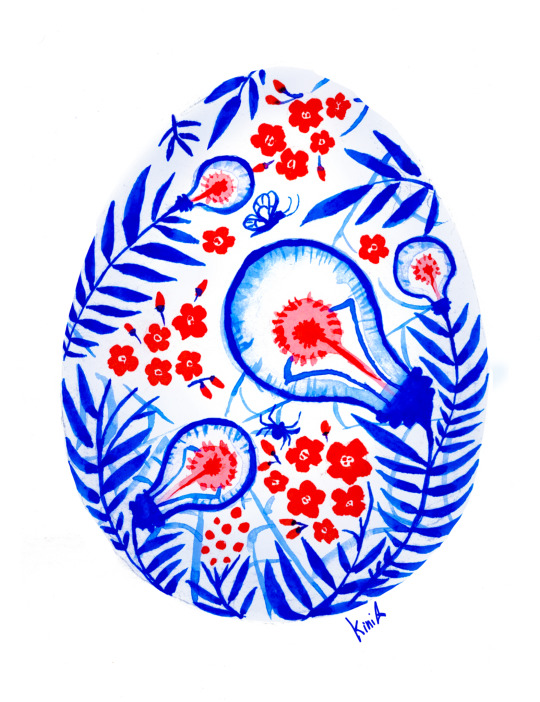
Who's in the egg?
Happy Easter everyone!
21 notes
·
View notes
Text
Christ is Risen! Happy Pascha!
Christ is Risen from the dead, trampling down, death by death, and on those in the tombs bestowing life!
23 notes
·
View notes
Text
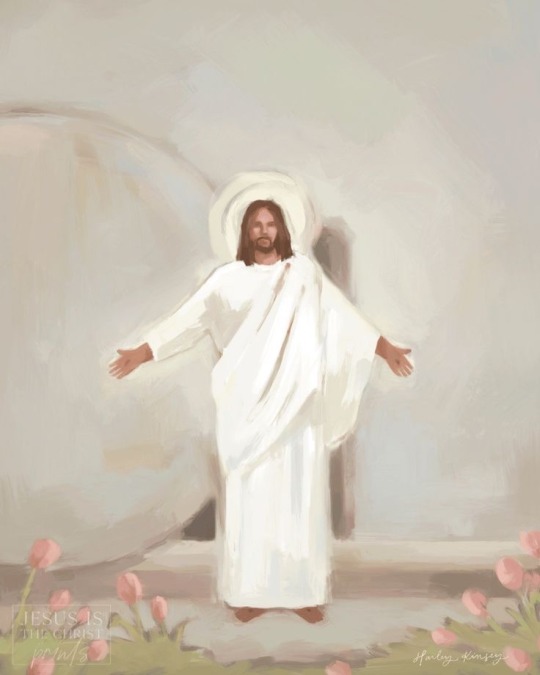
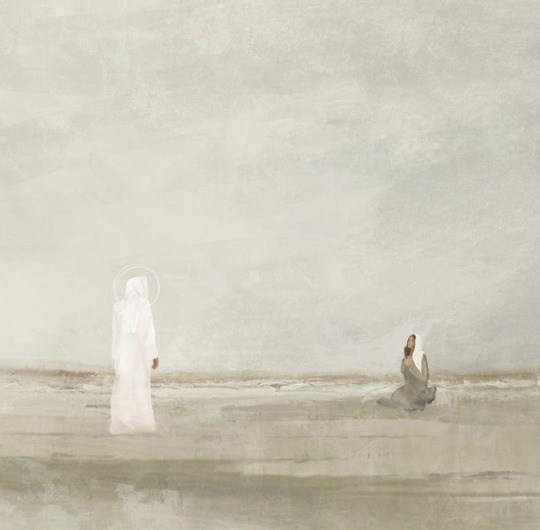


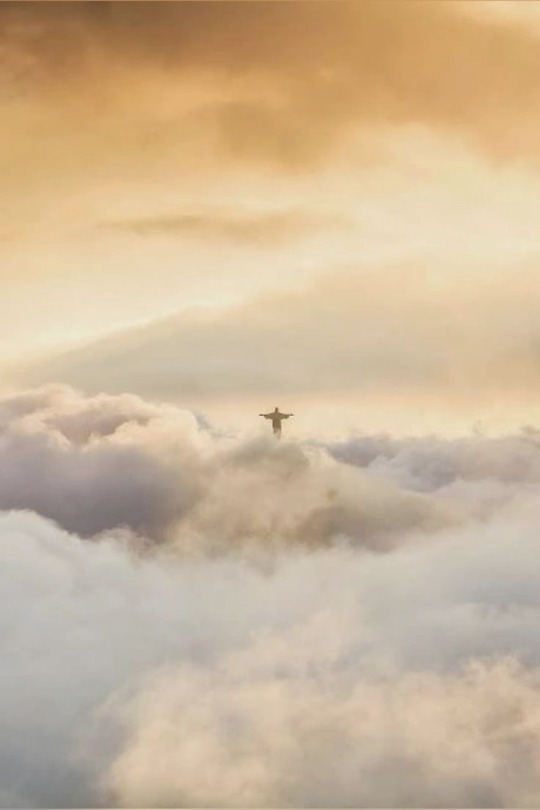

I came from the father and have come into the world, and now I am leaving the world and going to the father.
John 16:28
#ascension#feast of the ascension#Catholic#orthodox#liturgy#religious imagery#religious art#Jesus#Easter#lent#resurrection#god#bible quote#bible verse#aesthetic#light moodboard#moodboard#pinterest#inspiration#quotes#philosophy#art#Pentecost#christ is risen#Christian#ascension day#mothers day
136 notes
·
View notes
Text
Of the many images of Him, this is perhaps my favorite.
I don't know who the artist is.
Из множества Его изображений, это, пожалуй, самое любимое.
Не знаю, кто художник.
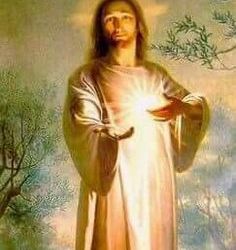
#Jesus#Jesus Christ#Christ is Risen#Savior#God#Christianity#Christian#orthodox#Easter#holy#holiness#Saint#bright#light#love#sunny#radiant#Иисус#Иисус Христос#Христос Воскрес#Спаситель#Бог#христианство#Пасха#светлый#свет#любовь#свет любви#лучезарный#радостный
15 notes
·
View notes
Text
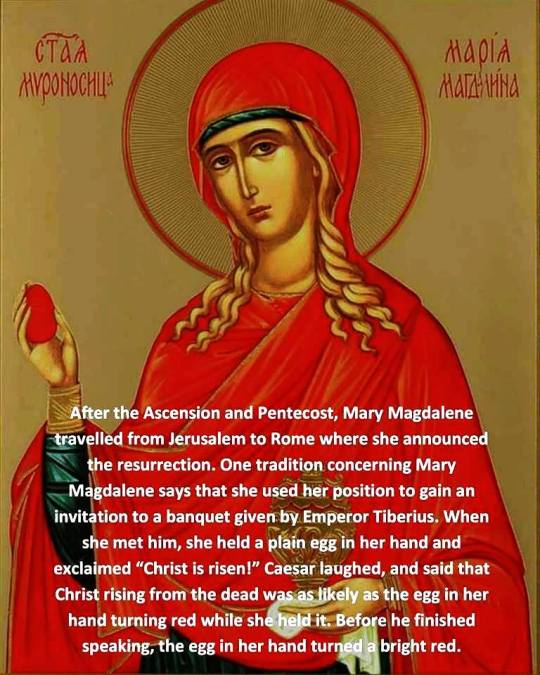
~Christ is Risen! Truly He is Risen~
#Christ is Risen#Orthodox Christian#saints#Mary Magdalene#red egg#resurrection#Lord Jesus#Pascha#Easter#Caesar#miracle
42 notes
·
View notes
Text
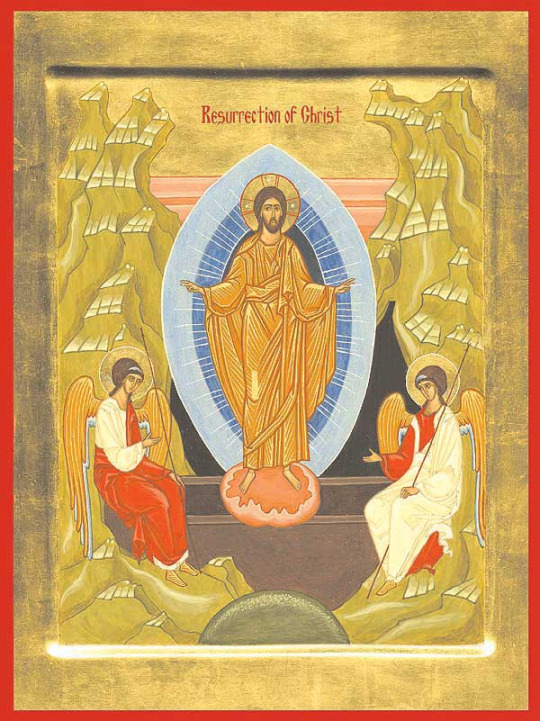
HOLY PASCHA: The Resurrection of Our Lord
Commemorated on May 5
Pascha (Easter)
Enjoy ye all the feast of faith; receive ye all the riches of loving-kindness. (Sermon of Saint John Chrysostom, read at Paschal Matins)
The resurrection of Jesus Christ from the dead is the center of the Christian faith. Saint Paul says that if Christ is not raised from the dead, then our preaching and faith are in vain (I Cor. 15:14). Indeed, without the resurrection there would be no Christian preaching or faith. The disciples of Christ would have remained the broken and hopeless band which the Gospel of John describes as being in hiding behind locked doors for fear of the Jews. They went nowhere and preached nothing until they met the risen Christ, the doors being shut (John 20: 19). Then they touched the wounds of the nails and the spear; they ate and drank with Him. The resurrection became the basis of everything they said and did (Acts 2-4): “. . . for a spirit has not flesh and bones as you see that I have” (Luke 24:39).
The resurrection reveals Jesus of Nazareth as not only the expected Messiah of Israel, but as the King and Lord of a new Jerusalem: a new heaven and a new earth.
Then I saw a new heaven and a new earth. . . the holy city, new Jerusalem. And I heard a great voice from the throne saying “Behold, the dwelling place of God is with men. He will dwell with them, and they shall be his people. . . He will wipe away every tear from their eyes, and death shall be no more, neither shall there be mourning nor crying nor pain any more, for the former things have passed away (Rev. 21:1-4).
In His death and resurrection, Christ defeats the last enemy, death, and thereby fulfills the mandate of His Father to subject all things under His feet (I Cor. 15:24-26).
Worthy is the Lamb who was slain, to receive power and wealth and wisdom and might and honor and glory and blessing (Rev. 5: 12)
THE FEAST OF FEASTS
The Christian faith is celebrated in the liturgy of the Church. True celebration is always a living participation. It is not a mere attendance at services. It is communion in the power of the event being celebrated. It is God’s free gift of joy given to spiritual men as a reward for their self-denial. It is the fulfillment of spiritual and physical effort and preparation. The resurrection of Christ, being the center of the Christian faith, is the basis of the Church’s liturgical life and the true model for all celebration. This is the chosen and holy day, first of sabbaths, king and lord of days, the feast of feasts, holy day of holy days. On this day we bless Christ forevermore (Irmos 8, Paschal Canon).
PREPARATION
Twelve weeks of preparation precede the “feast of feasts.” A long journey which includes five prelenten Sundays, six weeks of Great Lent and finally Holy Week is made. The journey moves from the self-willed exile of the prodigal son to the grace-filled entrance into the new Jerusalem, coming down as a bride beautifully adorned for her husband (Rev. 21:2) Repentance, forgiveness, reconciliation, prayer, fasting, almsgiving, and study are the means by which this long journey is made.
Focusing on the veneration of the Cross at its midpoint, the lenten voyage itself reveals that the joy of the resurrection is achieved only through the Cross. “Through the cross joy has come into all the world,” we sing in one paschal hymn. And in the paschal troparion, we repeat again and again that Christ has trampled down death—by death! Saint Paul writes that the name of Jesus is exalted above every name because He first emptied Himself, taking on the lowly form of a servant and being obedient even to death on the Cross (Phil. 2:5-11). The road to the celebration of the resurrection is the self-emptying crucifixion of Lent. Pascha is the passover from death to life.
Yesterday I was buried with Thee, O Christ. Today I arise with Thee in Thy resurrection. Yesterday I was crucified with Thee: Glorify me with Thee, O Savior, in Thy kingdom (Ode 3, Paschal Canon).
THE PROCESSION
The divine services of the night of Pascha commence near midnight of Holy Saturday. At the Ninth Ode of the Canon of Nocturn, the priest, already vested in his brightest robes, removes the Holy Shroud from the tomb and carries it to the altar table, where it remains until the leave-taking of Pascha. The faithful stand in darkness. Then, one by one, they light their candles from the candle held by the priest and form a great procession out of the church. Choir, servers, priest and people, led by the bearers of the cross, banners, icons and Gospel book, circle the church. The bells are rung incessantly and the angelic hymn of the resurrection is chanted.
The procession comes to a stop before the principal doors of the church. Before the closed doors the priest and the people sing the troparion of Pascha, “Christ is risen from the dead...”, many times. Even before entenng the church the priest and people exchange the paschal greeting: “Christ is risen! Indeed He is risen!” This segment of the paschal services is extremely important. It preserves in the expenence of the Church the primitive accounts of the resurrection of Christ as recorded in the Gospels. The angel rolled away the stone from the tomb not to let a biologically revived but physically entrapped Christ walk out, but to reveal that “He is not here; for He has risen, as He said” (Matt. 28:6).
In the paschal canon we sing:
Thou didst arise, O Christ, and yet the tomb remained sealed, as at Thy birth the Virgin’s womb remained unharmed; and Thou has opened for us the gates of paradise (Ode 6).
Finally, the procession of light and song in the darkness of night, and the thunderous proclamation that, indeed, Christ is risen, fulfill the words of the Evangelist John: “The light shines in darkness, and the darkness has not overcome it” (John 1:5).
The doors are opened and the faithful re-enter. The church is bathed in light and adorned with flowers. It is the heavenly bride and the symbol of the empty tomb:
Bearing life and more fruitful than paradise Brighter than any royal chamber, Thy tomb, O Christ, is the fountain or our resurrection (Paschal Hours).
MATINS
Matins commences immediately. The risen Christ is glorified in the singing of the beautiful canon of Saint John of Damascus. The paschal greeting is repeatedly exchanged. Near the end of Matins the paschal verses are sung. They relate the entire narrative of the Lord’s resurrection. They conclude with the words calling us to actualize among each other the forgiveness freely given to all by God:
This is the day of resurrection. Let us be illumined by the feast. Let us embrace each other. Let us call “brothers” even those who hate us, And forgive all by the resurrection. . .
The sermon of Saint John Chrysostom is then read by the celebrant. The sermon was originally composed as a baptismal instruction. It is retained by the Church in the paschal services because everything about the night of Pascha recalls the Sacrament of Baptism: the language and general terminology of the liturgical texts, the specific hymns, the vestment color, the use of candles and the great procession itself. Now the sermon invites us to a great reaffirmation of our baptism: to union with Christ in the receiving of Holy Communion.
If any man is devout and loves God, let him enjoy this fair and radiant triumphal feast. . . the table is fully laden; feast you all sumptuously. . . the calf is fatted, let no one go hungry away. . .
THE DIVINE LITURGY
The sermon announces the imminent beginning of the Divine Liturgy. The altar table is fully laden with the divine food: the Body and Blood of the risen and glorified Christ. No one is to go away hungry. The service books are very specific in saying that only he who partakes of the Body and Blood of Christ eats the true Pascha. The Divine Liturgy, therefore, normally follows immediately after paschal Matins. Foods from which the faithful have been asked to abstain during the lenten journey are blessed and eaten only after the Divine Liturgy.
THE DAY WITHOUT EVENING
Pascha is the inauguration of a new age. It reveals the mystery of the eighth day. It is our taste, in this age, of the new and unending day of the Kingdom of God. Something of this new and unending day is conveyed to us in the length of the paschal services, in the repetition of the paschal order for all the services of Bright Week, and in the special paschal features retained in the services for the forty days until Ascension. Forty days are, as it were, treated as one day. Together they comprise the symbol of the new time in which the Church lives and toward which she ever draws the faithful, from one degree of glory to another.
O Christ, great and most holy Pascha. O Wisdom, Word and Power of God, grant that we may more perfectly partake of Thee in the never-ending day of Thy kingdom (Ninth Ode, Paschal Canon).
The V. Rev. Paul Lazor New York, 1977
10 notes
·
View notes
Text
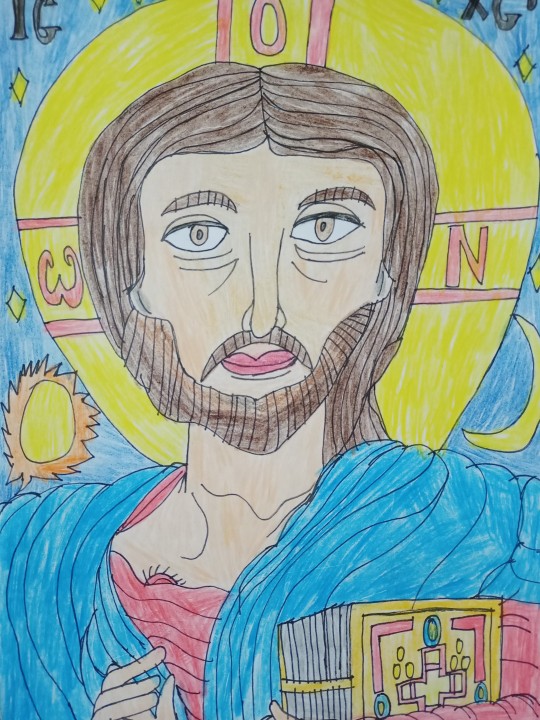
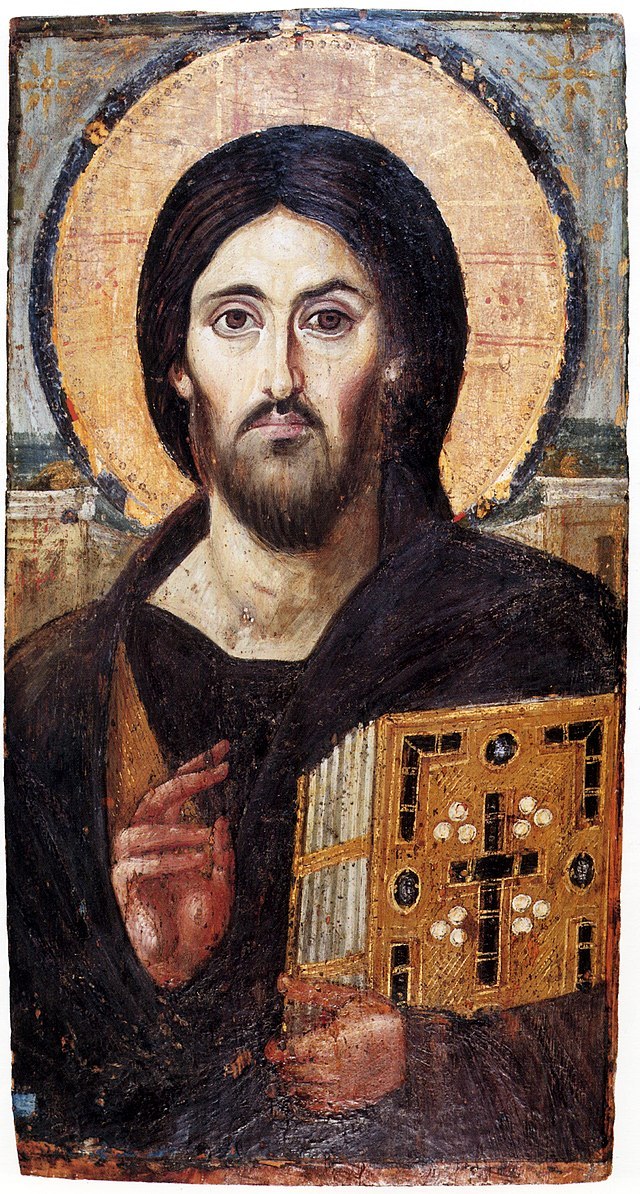
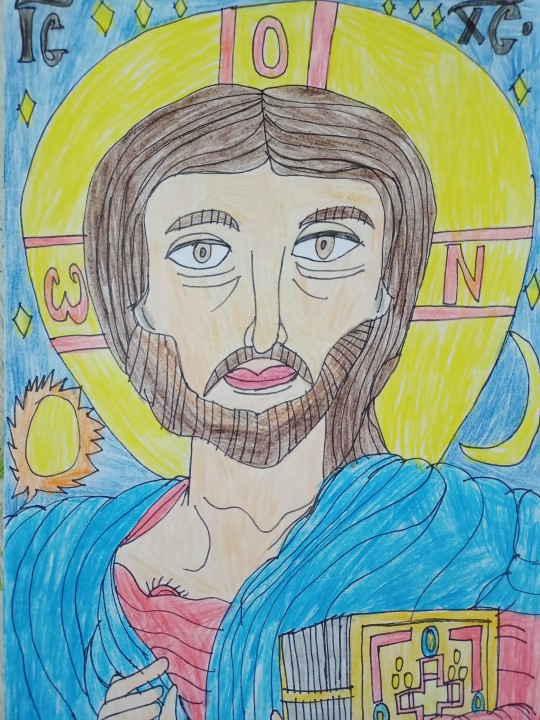
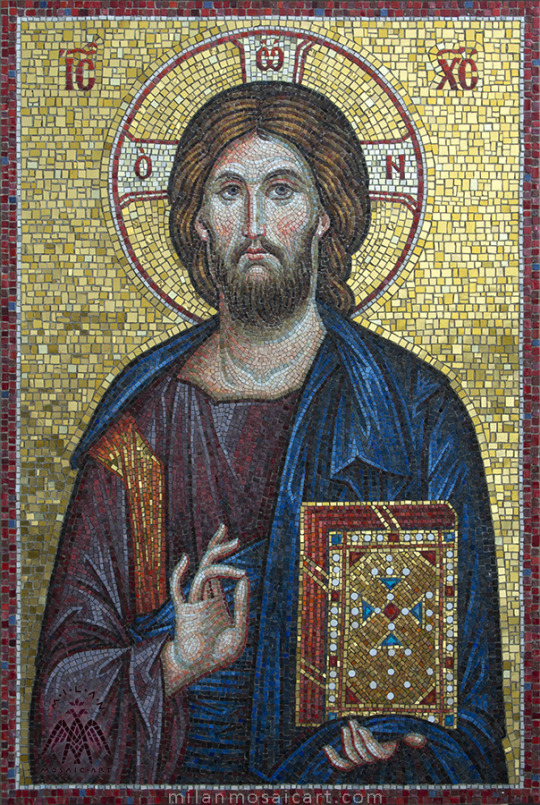
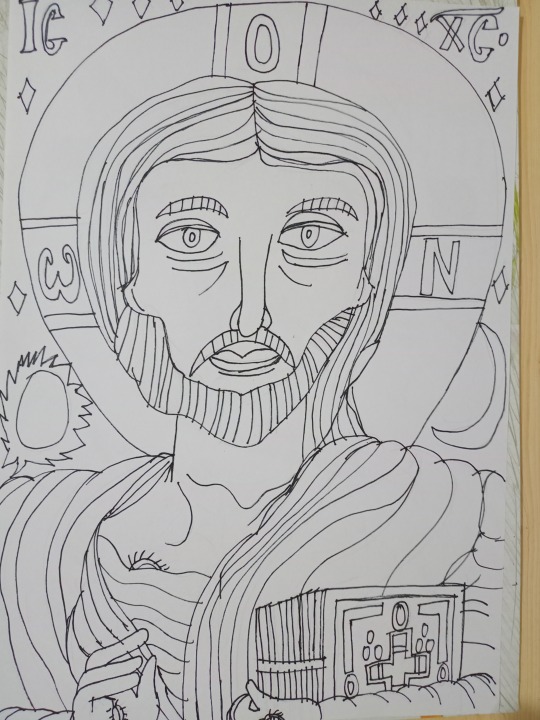

Orthodox icon - Portrait of the resurrected Jesus Christ Pantocrator - My version - Happy Orthodox Easter! - Bible (Religion)
"I am the resurrection and the life. Whoever believes in Me, though he die, yet shall he live" (John 11:25)
"I am the way and the truth and the life. No one comes to the Father except through Me." (John 14:6)
"Look, I am coming soon! My reward is with Me, and I will give to each person according to what they have done. I am the Alpha and the Omega, the First and the Last, the Beginning and the End." (Relevation 22:12, 22:13)
This is how Jesus Christ the Savior and Redeemer spoke, according to Christians the Son of God, and this is how Jesus will speak at the end of time and He has existed forever. Yes, because for Christians Jesus is God, it is written with a capital letter.
Yes, I admit that I'm not a believer and I'm a sinner, but I always try as hard as I can to correct my mistakes and follow God's way, and that's my right to believe because I believe in salvation through Jesus Christ.
Certainly to all who are Orthodox (especially those who celebrate according to the Julian calendar and who celebrate after the Jewish Passover) who live in Palestine, Syria, Egypt, Armenia, Greece, Serbia, Cyprus, Russia, Belarus, Bulgaria, Romania, Georgia, Ukraine, Montenegro, North Macedonia and to all Orthodox people living around the world, I wish you a happy Easter! Christ is risen! Христос васкресе!
If someone asks me, yes, it is celebrated differently among the Orthodox and differently among the Catholics and Protestants, so it turned out to be a completely different Easter this year. Don't worry, there will be a joint Easter next year. So Orthodox Easter fell on this day. The day he was crucified and died, resurrected and defeated death and the devil and proved that there is eternal life for all of us who believe. Glory to Jesus Christ who died for all of us sinners and rose again for all of us to save us!
And on this occasion, I drew a portrait of Jesus Christ as my redraw of Christ Pantocrator, which was first recorded and left in the monastery of St. Catherine in Sinai in the 6th century AD, 500 years after Christ's resurrection. I also combined colors like the icon (Christ Pantocrator) from this site: https://milanmosaicart.com/christ-pantocrator-mosaic/
Drawing Orthodox icons is not at all easy and requires a lot of effort, of course there is rarely traditional drawing of icons and painting with wood colors, so I wanted to experience how it goes and this is how it turned out. Of course, I apologize for certain details, especially the lips, it's my first time doing it. Yes, Jesus is the Pantocrator, which means the ruler of all visible and invisible because Jesus comes from God the Father and holds the Book of Life in which all the data of all of us who live on Earth are collected, and around Jesus, unlike other icons, I drew the Sun and the Moon and the stars because Jesus rules over all and they obey Him and Jesus Himself brings the light of life. Yes, around Him is a solar halo that is marked for Jesus and for all the angels and saints who follow God's way and here you can see the initials with the Greek letters Ο Ω Ν, i.e. ὁ ὤν, which means "He Who Is". And above are the initials in Greek which means Jesus Christ (ΙΗΣΟΥΣ ΧΡΙΣΤΟΣ). Of course if I'm wrong somewhere, please correct me on some things. I certainly wanted to thank God for everything He has helped me so far and for what He will help me in the future. However, a bit of religious content is not out of place.
And yes, we don't know exactly what Jesus really looked like and yes, it can be presented as idolatry, however this is not idolatry, but icons that show what Jesus Christ would look like in His miraculous glory and what is shown from Sinai is one of the closest we can to imagine and certainly the beginning of iconography. Glory to Jesus Christ!
Also this: https://www.youtube.com/watch?v=icjexnL6rI4 https://www.youtube.com/watch?v=HxN_wrMo0Y0
Happy to all who celebrate Easter today and Christ is risen! If you like it feel free to like and reblog this! And if there are things that need to be said, feel free to tell me here.
"Lord Jesus Christ Son of God, have mercy on me, a sinner."
#my fanart#jesus christ#happy easter#my art#artists on tumblr#christ pantocrator#history#religion#bible#christianity#orthodox christianity#orthodox#orthodox icon#traditional art#my redraw#orthodox jesus#art#people#palestine#sinai#israel#christ is risen#passover#orthodox church#pantocrator#jesus#christ#fanart#glory to jesus#jesus christ son of god have mercy on me a sinner
10 notes
·
View notes
Text

Christ pantokrator of St Catherine of Sinai Monastery
#Christ#Christian#oriental Christian#orthodox#orthodoxy#byzantine#egypt#coptic#copt#egyptian art#jesus christ#faith in jesus#christianity#icon#iconography#religious iconography#orthodox art#orthodox christianity#orthodox church#greek orthodox#orthodox icon#painting#oil on wood#oil on panel#jesus loves you#christ is risen#christian faith
12 notes
·
View notes
Text

Христос Воскресе и Честит Великден! Happy Orthodox Easter, enjoy this year's eggos ☦️🪺💕
115 notes
·
View notes